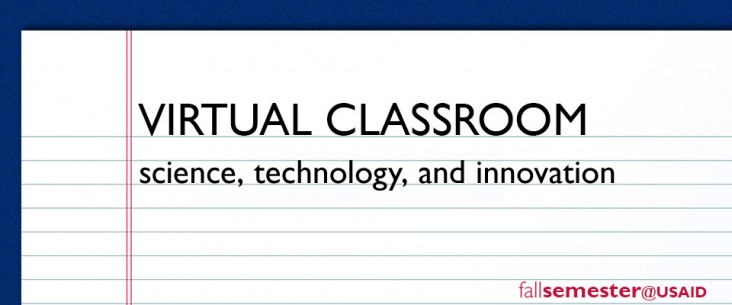
At USAID, we have made it a priority to spearhead breakthrough innovations and game-changing technologies to meet the needs of the most vulnerable and to help solve pressing global challenges.
As part of our new model for development, we seek to partner with engines of innovation to help build economies, create more stable democracies, and eliminate extreme poverty. A major part of this model is to engage students like you who have the knowledge, creativity and passion necessary to drive progress in this field and help deliver lasting change. Through our Development Innovation Ventures, Grand Challenges for Development, and the Higher Education Solutions Network, we seek to maximize the potential that Science, Technology, and Innovation can bring to development.
Videos:
Quotes:
“We’re expanding scientific collaboration with other countries and investing in game-changing science and technology to help spark historic leaps in development.”
- President Barack Obama
“Innovation, science, technology must again become fundamental components of how we conduct development”
- Former Secretary of State Hillary Rodham Clinton
“To support an open source development approach, our Agency must serve as a platform that connects the world’s biggest development challenges to development problem-solvers all around the world. We recognize that talent is everywhere, but opportunity is not.”
- USAID Administrator Rajiv Shah
“Failure, risk, and iteration are critical parts of how science advances. In a sense, failure is a form of innovation. As Jules Verne wrote in A Journey to the Center of the Earth, ‘science, my lad, is made up of mistakes, but they are mistakes which it is useful to make, because they lead little by little to the truth.’”
- Alex Dehgan, Chief Scientist, Office of Science & Technology
"I launched into space with the belief that we have the resources and technology to solve our greatest problems."
- Astronaut and Office of Science & Technology Grand Challenges Adviser Ron Garan
“Fifty-one years ago, President Kennedy laid out a vision for foreign assistance through the creation of the U.S. Agency for International Development (USAID). The world has changed since then. Many of the challenges that are faced by emerging nations no longer are bound to one country, but impact the entire planet.”
- Alex Dehgan, Chief Scientist, Office of Science & Technology
“USAID, the primary U.S. foreign assistance organization dedicated to providing long-term economic and social development to countries around the world, is taking a new approach to development based on the fundamental belief that harnessing the power of science and technology – coupled with an open approach to solving problems that engages traditional and nontraditional development communities – are the keys to addressing the world’s greatest development challenges. We believe that this will result in more efficacious, faster, cheaper, and more sustainable solutions to key global challenges.”
- Alex Dehgan, Chief Scientist, Office of Science & Technology
Key Words:
-
Innovation – At USAID, we use innovation to refer to novel business or organizational models, operational or production processes, or products or services that lead to substantial improvements (not incremental “next steps”) in addressing development challenges. Innovation may incorporate science and technology but is often broader, to include new processes or business models.
-
Microfinance – The supply of loans, savings and other basic financial services to poor communities throughout the world
-
Mobile Money – The term used for using mobile technology, such as cell phones, to conduct financial services such as storing and transferring money. By utilizing mobile money, the number of people with access to financial services is increased drastically. Mobile money gives people in remote locations access to financial services without the presence of a physical bank.
-
DIV – DIV stands for Development Innovation Ventures. Development Innovation Ventures aim to find and support breakthrough solutions to the world’s most important development challenges – interventions with the power to change millions of lives at a fraction of the usual cost. DIV invests in these game-changing ideas, rigorously tests them using cutting edge analytical methods, and scales solutions that prove successful.
-
Open Source Development – A model of development that is based on the idea that game changing ideas and innovations can come from anyone, not just development institutions. This model of development seeks to find solutions to development challenges by engaging a broader community, notably university students and researchers.
-
Financial Inclusion – The delivery of financial services at affordable costs to vast sections of disadvantaged and low income groups. A community with access to affordable financial services has the opportunity to connect with other markets, invest and drive growth.
-
Sustainable Development – Sustainable Development is a pattern of resource use that aims to meet human needs while preserving these resources so that these needs can be met not only in the present, but also in the future.
-
Scale-up – With regard to innovation in development, scaling-up refers to increasing proportionately the availability of an intervention that has been shown to have proven success. DIV helps to scale-up the most innovative development solutions.
-
MEducation – MEducation refers to the process of empowering and educating populations through the use of mobile technology, notably cell phones. Mobile phones provide an efficient way to target a large number of people with educational information that can help them tackle their development challenges.
-
HESN - HESN is the Higher Education Solutions Network, a multi-disciplinary, sustainable network created by the Office of Science and Technology. In November 2012, OST made awards to seven universities to create eight Development Labs. These Labs will harness the energy and commitment of scientists, engineers, students, and entrepreneurs to solve some of the most pressing development challenges, while simultaneously helping to improve USAID’s delivery of foreign assistance. The leading institutions are: Duke University, Makerere University, Massachusetts Institute of Technology, Michigan State University, The College of William & Mary, Texas A&M University, and University of California, Berkeley.
-
Crowdsource – A term originally coined by writer Jeff Howe in a 2006 Wired magazine article, crowdsourcing is tapping a "crowd" of people to do "sourcing" of work or to collectively contribute to any kind of project. Great examples of global crowdsourcing projects are Wikipedia, the online encyclopedia entirely created and edited by volunteers, and Ushahidi, a web software program designed for collaborative mapping. Ushahidi was originally developed to let users report violence in Kenya after a conflict-ridden election, but is now widely used by people to share knowledge on crisis and emergency management.
-
Pilot – To test a plan or project before introducing it more widely. In development, it’s often critical to pilot projects or technologies in order to improve a product before sharing it with a wider audience.
-
Accelerate – In development, we often talk about speeding up or catalyzing ideas or products in order to get them into the hands of those who need them most. For example, much of the work USAID does in Science, Technology and Innovation (OST) focuses on working with innovators to take their small-scale ideas and accelerate them so that large groups of people have access to their products or life-saving ideas.
Suggested “Virtual Professors”
-
Ron Garan - Astronaut, LAUNCH/OST Advisor
-
Shadrock Roberts - GIS Specialist, OST
-
Duke SEAD Innovators







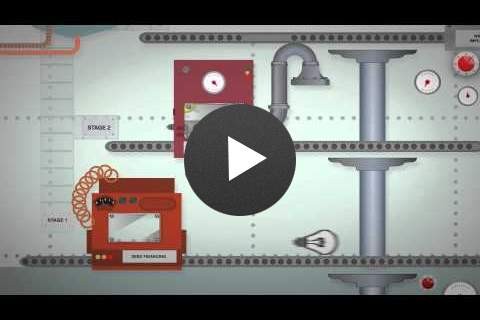
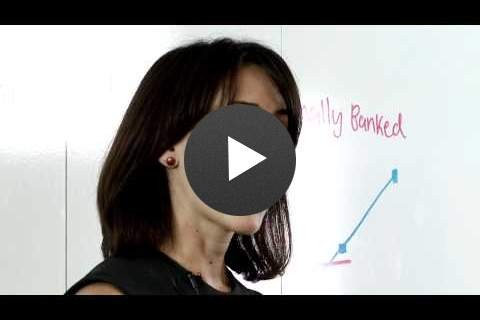
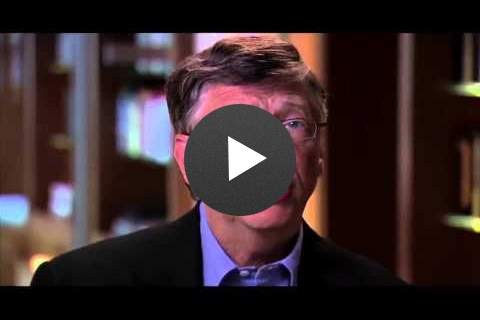

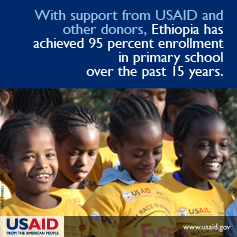
Comment
Make a general inquiry or suggest an improvement.